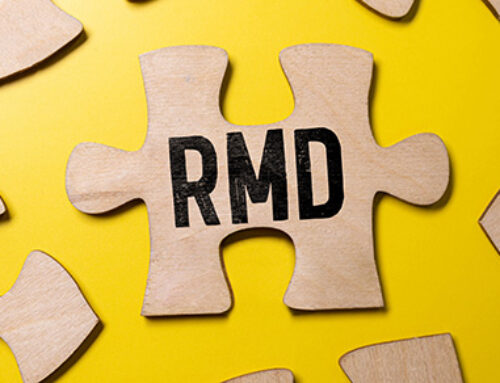Retiring soon? Recent law changes may have an impact on your retirement savings
If you’re approaching retirement, you probably want to ensure the money you’ve saved in retirement plans lasts as long as possible. If so, be aware that a law was recently enacted that makes significant changes to retirement accounts. The SECURE Act, which was signed into law in late 2019, made a number of changes of interest to those nearing retirement.
You can keep making traditional IRA contributions if you’re still working
Before 2020, traditional IRA contributions weren’t allowed once you reached age 70½. But now, an individual of any age can make contributions to a traditional IRA, as long as he or she has compensation, which generally means earned income from wages or self-employment. So if you work part time after retiring, or do some work as an independent contractor, you may be able to continue saving in your IRA if you’re otherwise eligible.
The required minimum distribution (RMD) age was raised from 70½ to 72.
Before 2020, retirement plan participants and IRA owners were generally required to begin taking RMDs from their plans by April 1 of the year following the year they reached age 70½. The age 70½ requirement was first applied in the early 1960s and, until recently, hadn’t been adjusted to account for increased life expectancies.
For distributions required to be made after December 31, 2019, for individuals who attain age 70½ after that date, the age at which individuals must begin taking distributions from their retirement plans or IRAs is increased from 70½ to 72.
“Stretch IRAs” have been partially eliminated
If a plan participant or IRA owner died before 2020, their beneficiaries (spouses and non-spouses) were generally allowed to stretch out the tax-deferral advantages of the plan or IRA by taking distributions over the life or life expectancy of the beneficiaries. This was sometimes called a “stretch IRA.”
However, for deaths of plan participants or IRA owners beginning in 2020 (later for some participants in collectively bargained plans and governmental plans), distributions to most non-spouse beneficiaries are generally required to be distributed within 10 years following a plan participant’s or IRA owner’s death. Therefore, the “stretch” strategy is no longer allowed for those beneficiaries.
There are some exceptions to the 10-year rule. For example, it’s still allowed for: the surviving spouse of a plan participant or IRA owner; a child of a plan participant or IRA owner who hasn’t reached the age of majority; a chronically ill individual; and any other individual who isn’t more than 10 years younger than a plan participant or IRA owner. Those beneficiaries who qualify under this exception may generally still take their distributions over their life expectancies.
More changes may be ahead
These are only some of the changes included in the SECURE Act. In addition, there’s bipartisan support in Congress to make even more changes to promote retirement saving. Last year, a law dubbed the SECURE Act 2.0 was introduced in the U.S. House of Representatives. At this time, it’s unclear if or when it could be enacted. We’ll let you know about any new opportunities. In the meantime, if you have questions about your situation, don’t hesitate to contact us.
© 2021





Leave A Comment